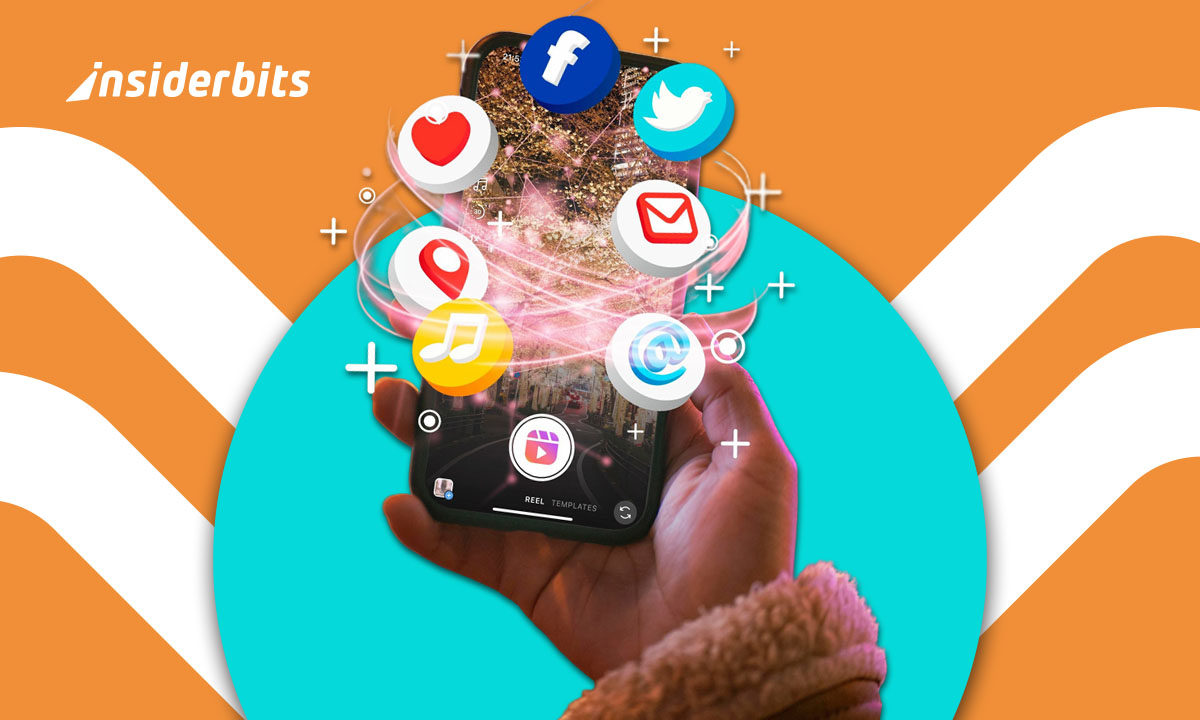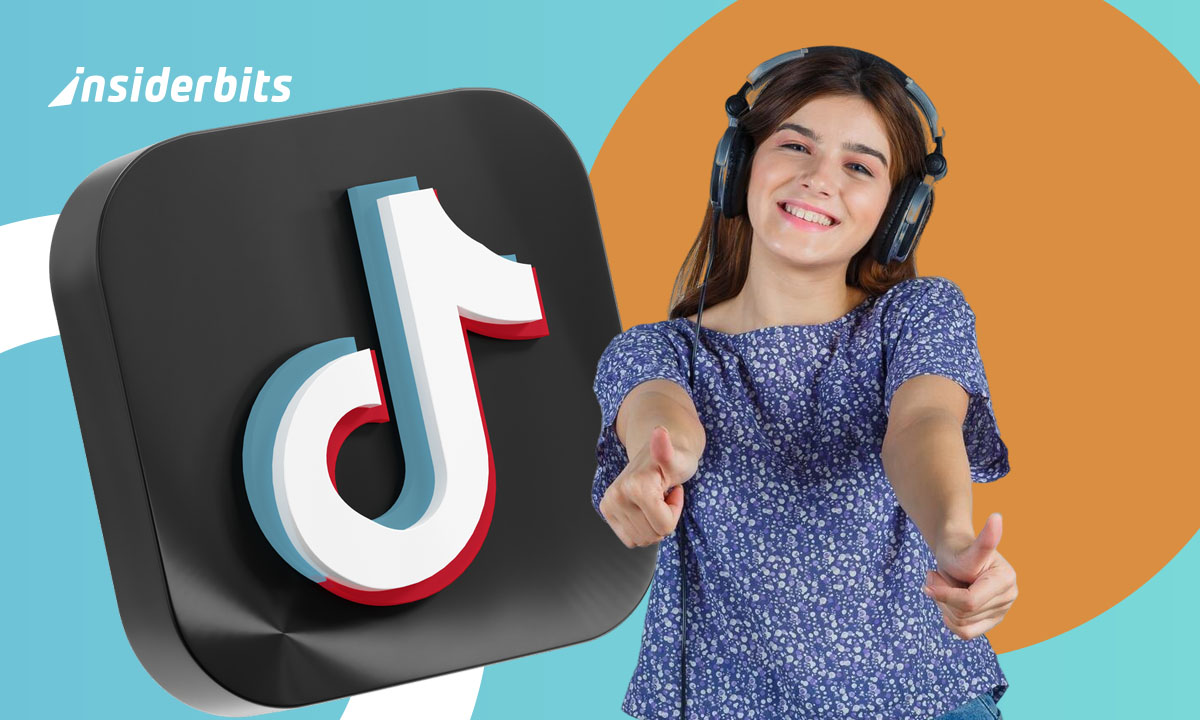Social Media 3.0 isn’t just about what we scroll, it’s about how we connect, and who controls the feed. As users tire of hyper-selected content and centralized control, new platforms are emerging with bold ideas and decentralized designs.
This shift is a redefinition of digital presence, where connection outweighs performance and control returns to the individual.
In this next era, the way we socialize online is getting a radical rewrite. AI will meet transparency, and with that, being social online starts to feel human again.
- TikTok Hidden Features: Unlock the Secrets Behind Viral Growth in 2025
- Instagram non funziona: scopri come risolvere questa instabilità
- Instagram Fact-Checking Tools: How Reliable Are They?
The Evolution of Social Media: What Comes After TikTok?
Social Media 3.0 marks a turning point in the lifecycle of digital platforms.
Do you remember when MySpace gave way to Facebook and Instagram? Not long ago, TikTok redefined video culture, and the next wave is focused on structure, not format.
Today’s users are seeking less algorithmic control and experiences that reflect real human interaction. That’s pushing innovation into bold new spaces.
This shift reflects a growing resistance to superficial engagement and ad-driven feeds.
Currently, people want networks that feel meaningful rather than addictive, transparent rather than manipulative.
In summary, Social Media 3.0 promises to answer that call through decentralization and deeper personalization.

How Decentralized Platforms Are Changing Social Networking
A defining feature of Social Media 3.0 is decentralization. In this way, networks are no longer owned by a single company or governed by one server.
For example, platforms like Mastodon operate across multiple independent servers, giving users greater control over moderation and data privacy.
This structure allows for smaller, community-driven experiences that reflect local values rather than corporate priorities.
It also resists censorship and protects user identity more effectively than centralized alternatives.
Moreover, decentralized networks encourage collaboration and transparency in how feeds are shaped and how algorithms are applied.
With this huge change, users are going to experience a new shift in the social media experience away from extractive models and toward shared governance.
For users burnt out by the sameness of global platforms, it’s a breath of fresh code.
Privacy, AI, and the Next Big Social Media Trends
If you’re wondering, AI isn’t leaving the conversation; it’s leading it.
In Social Media 3.0, artificial intelligence is used not to manipulate behavior, but to curate more meaningful digital spaces.
New platforms are training models to adapt to user moods and provide emotionally intelligent suggestions. They’re moving away from pushing content, and toward shaping context.
As we highlighted above, transparency and privacy are also central to this evolution, with many apps minimizing tracking or eliminating data resale entirely.
Consequently, users are now drawn to platforms that disclose algorithmic use and give them a voice in how content is surfaced.
This ethical shift may define the success of 3.0 networks far more than flashy features ever could.
Will BeReal, Mastodon, or Lemon8 Be the Future of Social Media?
While Social Media 3.0 is still unfolding, some platforms are emerging as early leaders in this next phase.
Each offers a different path, but all share one trait: rethinking engagement.
BeReal: Photos & Friends Daily
BeReal challenges the polished illusion of curated posts by prompting users to share one unedited photo daily.
The app removes filters and endless retakes, placing honesty at the center of the experience.
This raw approach appeals to younger audiences craving authenticity over influence.
4.4/5
Mastodon
Mastodon offers a federated system that lets users join or create independently moderated servers.
It emphasizes freedom of expression and transparency in governance, with no central authority shaping the feed.
This model appeals to users seeking alternatives to big tech and algorithmic manipulation.
3.7/5
Lemon8 – Lifestyle Community
Lemon8 blends aesthetics and community through a feed full of lifestyle content and user creativity.
Its interface encourages long-form visuals with minimal distraction, making it feel more editorial than algorithmic.
With a strong presence among Gen Z users, it’s becoming a hub for expressive, scrollable inspiration. It’s content-first, but with context that feels human.
0/5
How Social Media 3.0 Will Reshape Online Interactions
As Social Media 3.0 takes hold, the way we interact online is becoming more intentional and personalized.
In addition, we can expect in the future platforms to prioritize immersive presence through AR, secure identities via blockchain, and flexible feeds shaped by real community needs.
The result is more relevance and networks that mirror how we actually want to connect. What started as entertainment is becoming something far more human.
These platforms aren’t just where we share, they’re where we show up. They blend technology with values, aesthetics with substance.
Social Media 3.0 offers a slower, more deliberate way forward, aiming for a new mindset.
Social Media 3.0: What Comes After TikTok and Instagram? – Conclusion
Social Media 3.0 is a reinvention born from years of digital fatigue and a growing desire for authenticity online.
It breaks away from the ad-driven, attention-hacking models that once defined success and begins asking questions rooted in user well-being and shared value.
The answers are beginning to surface through transparent algorithms and platforms that prioritize connection over clicks.
Correlato: Tendenze dei social media nel 2025: Cosa aspettarsi?
Enjoyed this article? Save the Insiderbits blog to your favorites for the latest tools, creative tech tips, and photo editing breakthroughs!




